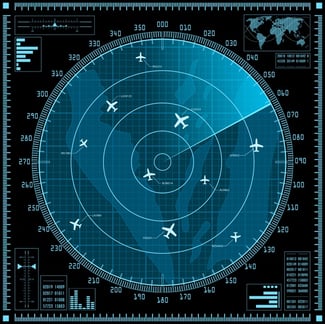 Ever wonder what air traffic controllers really do?
Ever wonder what air traffic controllers really do?
Most passengers understand that air traffic controllers use radar to coordinate planes in the sky and assist pilots in takeoffs and landings, but their duties are far more complicated than that.
Here’s a closer look at a job that is among the world’s most pressure-packed:
- Air traffic controllers work out of any of three types of air traffic control facilities: the control tower, which handles takeoffs and landings; radar approach, which manages the airspace between aircraft over relatively small areas around airports; and air route centers, which also work to separate planes in flight, but at higher altitudes and over greater distances. Essentially, each facility turns over responsibility for an aircraft to the next, as a flight progresses.
- After takeoff, radar approach controllers issue initial instructions on route and altitude. An indication that a plane has moved into the next air jurisdiction is when passengers are informed by pilots of the final “cruising” altitude, which is set by an air route center controller.
- A controller then instructs pilots to follow the most direct route to the destination. An aircraft will not veer off course unless weather interferes, although occasionally traffic may require a slight turn or change in altitude.
- FAA rules mandate that eastbound planes travel at even altitudes, such as 30,000 or 32,000 feet. Westbound planes fly at odd altitudes, such as 31,000 or 33,000 feet.
- When weather is clear, pilots are able to take off and land visually. Cloudy weather requires a pilot who is adept at flying by instruments to rely heavily on an air traffic controller’s instructions.
- It’s safest to land and take off into the wind, so air traffic controllers assign runways based on wind direction. The wind can provide lift for a plane on takeoff and help slow a plane in order to make a soft landing.









